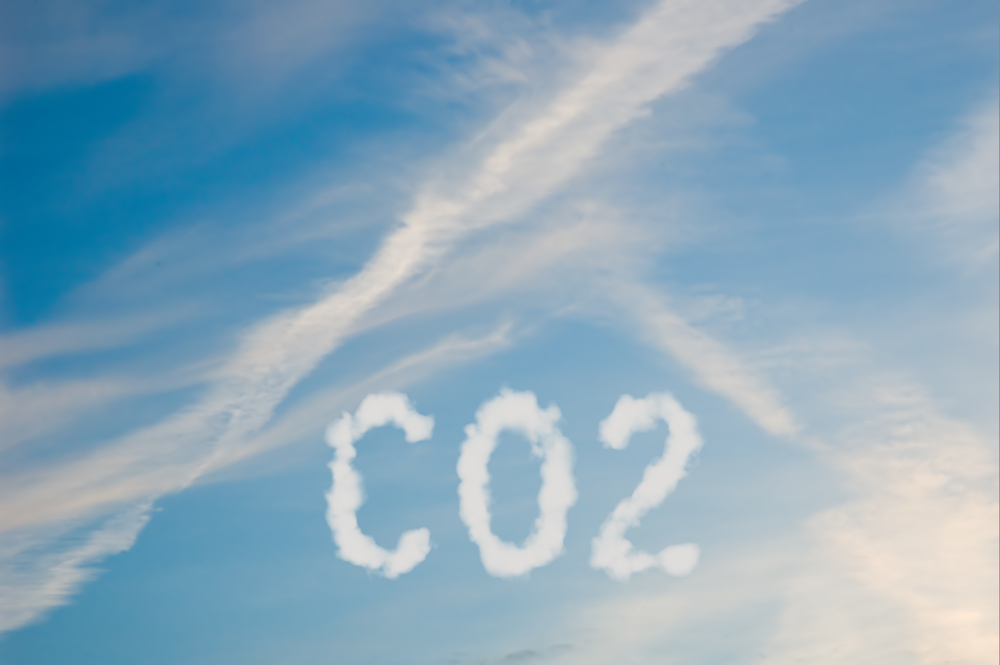The travel industry accounts for 8% of greenhouse gas emissions, according to Nature.com, and it’s set to grow 4 percent more each year. One of the bigger contributors in travel is transportation, and flight shaming has become a topic of conversation in the travel industry as of late.
Teenage activist Greta Thunberg was lauded for taking a yacht to the UN Climate Action Summit in New York City, while the royal couple Prince Harry and Meghan Markle took flack for jetting off in a private plane for birthday celebrations.
Social norms around airplanes seem to be changing, so is it time to stop flying?
It can be overwhelming to see the decision as cut and dry as choosing to travel or choosing to not travel. At AirportParkingReservations.com, we believe in the value of travel in bringing hope and understanding to the world. How do we travel in a way that takes responsibility for our role in keeping our planet alive?
Carbon Offsets
The industry is currently working to reduce the burning of fossil fuels, but decarbonizing jet fuel is no easy task. Many potential alternative fuel options, such as using palm oil, won’t reduce greenhouse gas (GHG) emissions.
One way many eco-conscious travelers justify their air travel is through carbon offset programs. Many airlines in the aviation industry offer fliers the option to purchase carbon offsets that will “balance out” the greenhouse gases they’ve created with their flight.
How? Depending on the carbon offset program you choose, you can choose to buy trees to be planted or contribute to a wind farm project. These programs help to reduce carbon emissions by increasing efficiency, giving local communities clean energy or renewable energy, and absorbing carbon dioxide (through plant growth).
The first airline to offer a carbon offset program in the U.S., Delta partners with The Nature Conservancy to give passengers a way to “offset” the carbon being produced during the flight. A few other airlines that offer these programs are United Airlines and jetBlue.
Not all carbon offset projects are created equal. If you decide to contribute to a carbon offset plan, look for quality carbon offsets. These projects that reduce emissions should be screened through an organization that assures quality, such as Climate Action Reserve.
Carbon offset programs should be a last resort, as they’re less about reducing carbon emissions in our lives and more about finding ways to reduce the carbon emissions in the lives of others, typically those living in developing countries.
The first step is assessing our own personal carbon footprint and finding ways to implement carbon reductions in every aspect of our daily lives. Emission reductions come in many different ways, from composting to reducing dairy intake.
A helpful guide from Reservations.com breaks down the levels of carbon produced from different kinds of travel. You’ll see through the infographic below that sometimes train travel may make more sense, and other times bus travel makes more sense. It also offers practical ways to cut down on your carbon footprint while traveling, such as opting for on-foot sightseeing and packing reusable toiletries (read more about easy switches you can make in your travel products here).
If you’re interested in reading more about sustainable travel, we have a whole category dedicated to it! You can find more articles here.






